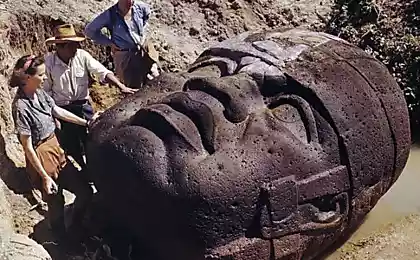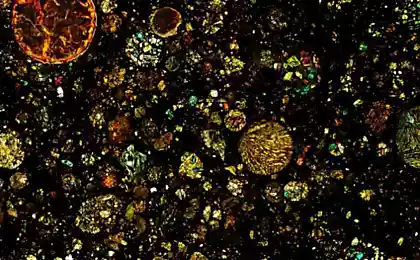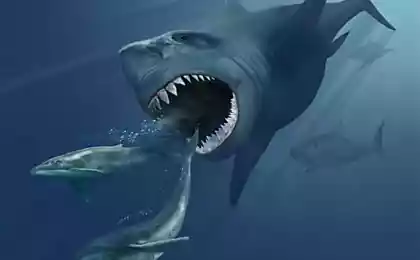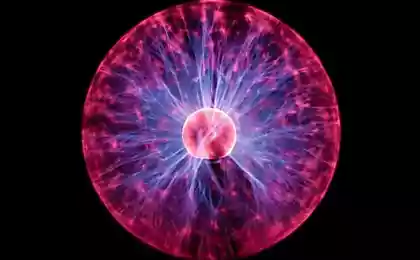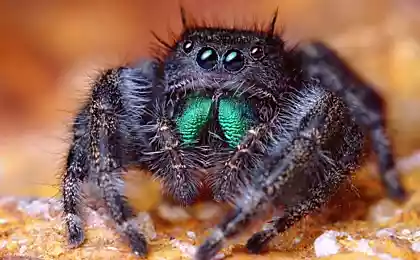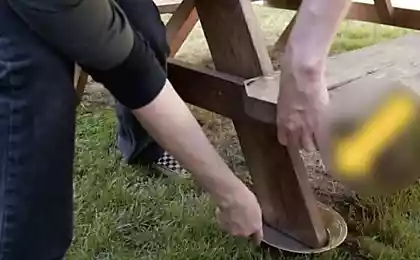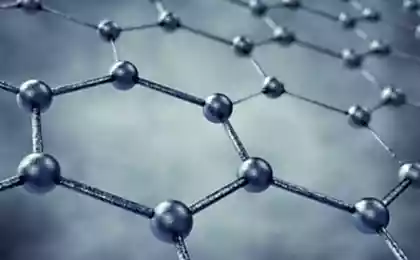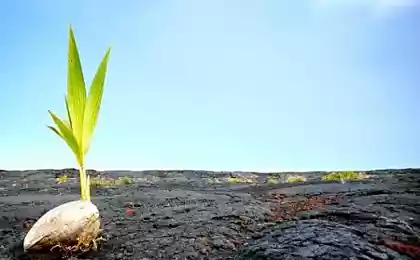1534
How in the world were giant insects?
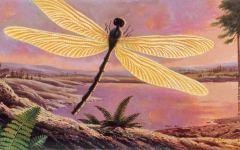
Dragonflies have evolved in insects, the size of the birds to avoid oxygen pereizbytochnosti, the results of a recent study
Predatory dragonflies, which have dimensions of modern gulls filled the skies 300 million years ago, and for a long time, scientists could not figure out how and why these and other insects have become so vast.
The leading theory says that the ancient beetles became great because of the excessive amount of oxygen in Earth's atmosphere. A new study suggests that oxygen in large doses is harmful and even dangerous: Early insects were forced to adapt and grow in order to avoid oxygen toxicity.
"We think that the reason is not only that oxygen affects adults, but also in the fact that oxygen has an even greater impact on the larvae, - says study co-author Wilco Verberk from the University of Plymouth in the UK. - Thus, the study of the effects of oxygen on the larval forms of insects could lead to a better understanding of why, in the first place, these creatures exist, and secondly, why they disappeared ».
Small insects can not manage the process of gas exchange
The study of fossils suggests that the giant dragonflies and huge cockroaches were commonplace in the Carboniferous period, which lasted from about 359 to 299 million years ago.
While a huge number vast marshy forests in the lowlands resulted in the fact that the level of oxygen in the atmosphere was about 30-50 per cent higher than it is now.
According to previous theories of insect gigantism, this oxygen-rich environment allowed the adults insects grow to large sizes, which match their energy needs.

Dragonflies sized gulls, were the masters of the sky hundreds of millions of years ago
In the new study Verberk and his colleague David Bilton focused on how to change the level of oxygen affects the development of the larvae of stoneflies, which, like dragonflies live in water at the initial stage of life. A higher concentration of oxygen in the air is a higher concentration in water.
The results showed that the larvae vesnyanky more susceptible to fluctuations in oxygen than their adult living on earth.
The reason for this may be that the insect larvae are generally consume oxygen directly through the shell of a cocoon, so they do not control the amount of absorbed gas. And the adult insects can regulate their intake of oxygen, such as opening or closing the valve ports located on their trunk - they are called spiracles.
It is extremely important for the life of oxygen can be toxic in large quantities: people undergoing an overabundance of oxygen, cells can become damaged, causing vision problems, shortness of breath, nausea and cramps.
Probably the larvae of many ancient insects and passively absorb oxygen in the water, unable to regulate its consumption, which is very dangerous when the oxygen level was so high.
The only way to reduce the risk of oxygen toxicity - larger, because large larvae absorb a smaller amount of gas relative to the size of their bodies than small larvae.
"If you get more of your body surface area relative to the volume becomes smaller," - explained Verberk.
Reduced oxygen levels has led to the degradation of the structure of insects?
The new theory also explains why the giant insects continued to exist even after the atmospheric oxygen levels began to decline in the world, he says.
"If the oxygen has initiated an active increase in body weight that insects could avoid poisoning, the decline in the level of oxygen will not mean immediate fatal, although gradually the existence of large insects will be kept to a minimum, as developed adults who need more oxygen, become lethargic and unable to function normally for survival - said Verberk. - That, in the end, lead to the fact that other species more adapted, displace giants "




